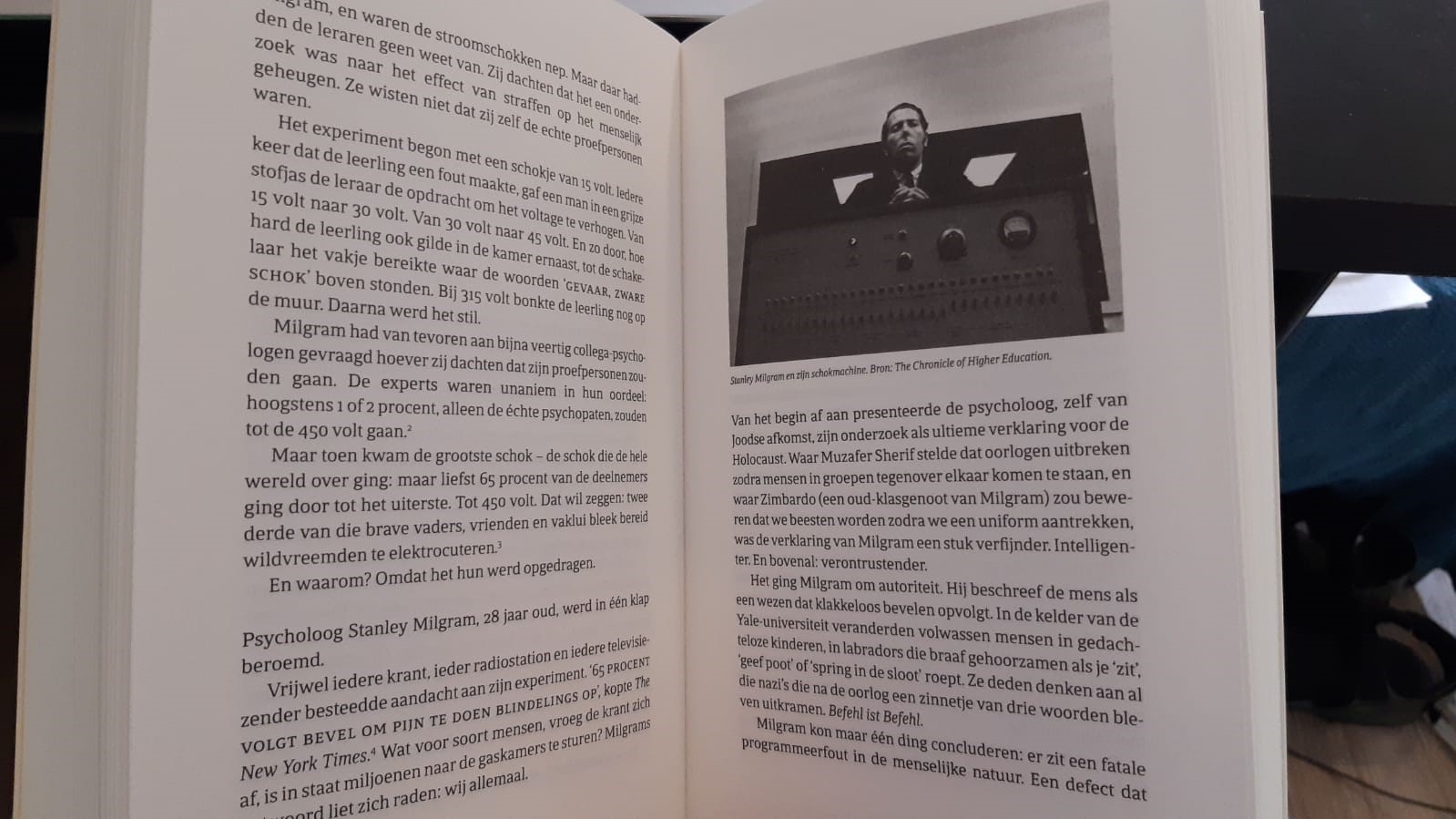Nitrous oxide and the climate: a problem not to be laughed away
25 November 2019Nitrous oxide is becoming increasingly popular in the Netherlands. On Saturday nights these days, you come across the
Poelestraat anymore without having to make your way through groups of teenagers giggling
lying on the ground with a balloon attached to their mouths. The transparent and legal gas in these
balloons gives users a brief intoxication that is often accompanied by a fit of laughter. Also, the figures
show that the use of nitrous oxide has increased significantly: where two years ago there were 720
thousand kilos of nitrous oxide entered our country through the ports, it now stands at around 1.2 million kilos.
Although nitrous oxide is also used in areas such as baking and motor racing, this increase is almost
attributable entirely to the party scene.
The increasing popularity of nitrous oxide has brought a lot more attention to the
dangers of the drug. For instance, nitrous oxide can lead to oxygen deprivation in the brain, frozen lungs and
ruptured eardrums. This all sounds fairly worrying. Yet there is another
worrying danger of nitrous oxide that receives far too little attention in the media and politics. The with
Nitrous oxide-filled cartridges are in fact very harmful to the environment.
The dangers of nitrous oxide to the climate
The environmental hazards of the popular drug come from the substance nitrous oxide. This word sounds
very complicated, but is really just the scientific term for nitrous oxide. Masses
young people use the stuff weekly for a short high, but hardly anyone is aware of the
way in which this gas contributes to global warming. Friends of the Earth warns against
the effect of nitrous oxide.[1] Indeed, nitrous oxide is a very strong greenhouse gas: it is more than
250 (!!!) times more harmful to the environment than CO2, making the gas responsible for seven
per cent of the greenhouse effect. This means that one balloon is just as harmful to the climate
as 15 kilometres by car or burning a litre of petrol or diesel. Also, our
annual use of nitrous oxide as a party drug as bad for the climate as a million
flight tickets between Amsterdam and Berlin.
Nitrous oxide can also harm the ozone layer. This layer protects our planet from all kinds of
dangerous substances emanating from the sun. Decades ago, it was discovered that this layer
was considerably diluted, something associated with global warming. In 1987, the
so-called Montreal Protocol was drawn up. With it, several measures were taken to
reduce emissions of harmful gases to the ozone layer. As a result of these measures, the
ozone layer is fortunately currently recovering. However, the effect of nitrous oxide is not
included in these measures, while the ozone-depleting potential of the gas is clearly
is demonstrable. Nitrous oxide thus not only contributes to global warming, but can also
are very dangerous for the ozone layer. Yet you hardly ever hear anything about this effect, and we also seem to feel
much more concerned about the pollution caused by the million airline tickets than about the effects
of nitrous oxide.
Not only the gas itself, but also the metal cartridges in which nitrous oxide is often transported are
less laughable than the drug's name suggests. Through these cartridges, the gas in
a balloon, after which it can be inhaled by partygoers. These partygoers
may experience a few moments of pleasure, but unfortunately often forget to clean up their mess after this
clean up. This ensures that streets are often littered with dozens of cartridges after a night out
and balloons.
Political measures
Despite the worrying effects nitrous oxide has on the climate, its sale and use is
of the drug is still largely legal. Fortunately, in Groningen, the first measures are on the table to
slowing the growing popularity of nitrous oxide. Last Wednesday, the
City Council on these new measures. To combat street pollution caused by empty cartridges
to go, there will be a fine for leaving your nitrous oxide cartridge on the street. There will also be
A ban on the sale and use of nitrous oxide at public events. At
Other places discourage the use of nitrous oxide.
These measures are a step in the right direction. "As GroenLinks, we welcome the proposed
measures against nitrous oxide. It is a start to get a local grip on nitrous oxide use that
has increased exponentially in Groningen," wrote Mirjam Wijnja, group leader of
GroenLinks Groningen. "However, it is true that this is a first step, but certainly not the
latest to regulate and perhaps eventually ban the use of nitrous oxide."
The measures now on the table focus on health risks and the
street nuisance from nitrous oxide. Unfortunately, the environmental effects of the gas itself do not yet seem to receive much attention
getting. "I focused mainly on the environmental damage caused by the patterns and to a lesser extent on the
further environmental impacts of gas. I do believe that this is an underexposed part of the
discussion is and certainly a relevant part of it," Wijnja said.
Get rid of nitrous oxide
The effects of nitrous oxide on climate are a serious problem that should receive more attention
get. Not only are the cartridges lying around a pollution on the streets, but also the gas itself is
very harmful to the ozone layer and the greenhouse effect. Fortunately, the Groningen city council is
with regulating the use of the drug, but herein the effects of the gas on the
environment have not yet been sufficiently taken into account. It is therefore important that using young people themselves
become aware of the damage done to the climate for that one minute of laughter after
a balloon. So if you want to avoid getting fined, at least make sure you have your
don't leave nitrous oxide cartridges lying around on the street. If you want to commit to the climate, think in terms of the
follow up twice before putting a balloon to your mouth. Let's hope politics will then
will think twice about the effects of nitrous oxide.
[1] See https://milieudefensie.nl/actueel/het-klimaat-huilt-om-lachgas


